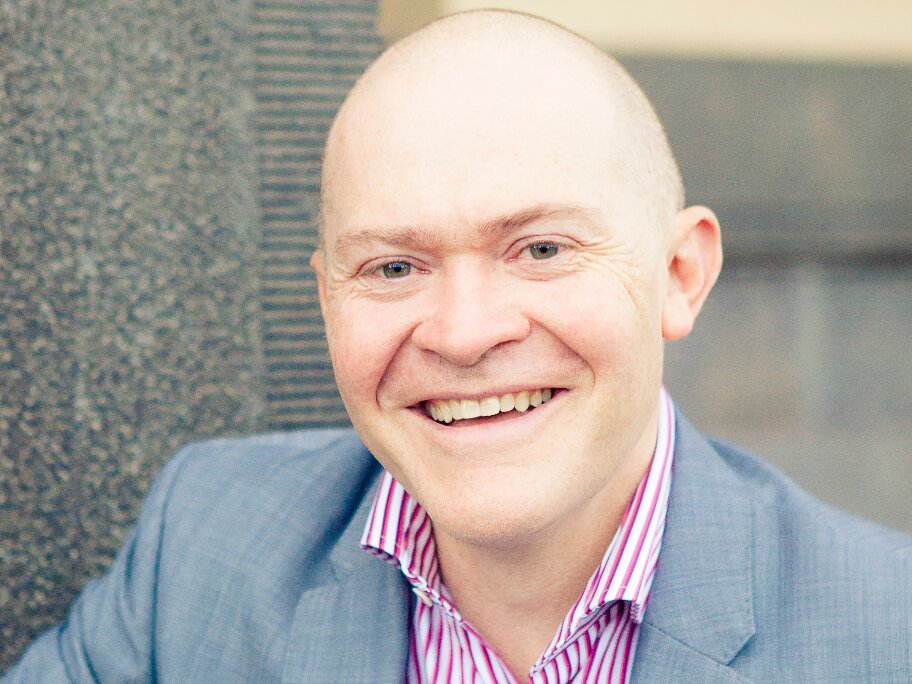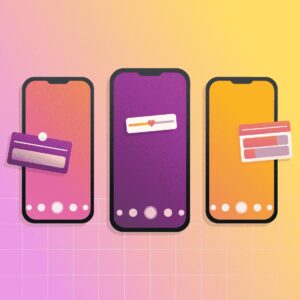
In a groundbreaking move for healthcare technology, the Therapeutic Goods Administration (TGA) has approved smartwatch software from tech giants Apple and Samsung to detect potential obstructive sleep apnoea. This approval marks the first time such technology has been sanctioned by the TGA, allowing smartwatches to analyze overnight breathing patterns and identify disturbances that may indicate moderate to severe sleep apnoea.
Sleep specialists have warmly welcomed this development, viewing it as a significant step forward in addressing an often underdiagnosed condition. Dr. David Cunnington, a prominent sleep physician based in Queensland, expressed his enthusiasm, stating that he is “absolutely interested” in the data patients are collecting from their wearables. This data, he noted, could be instrumental in prompting individuals to seek further medical guidance from their General Practitioners (GPs).
Understanding Sleep Apnoea and Its Challenges
Sleep apnoea is a disorder characterized by repeated interruptions in breathing during sleep. These interruptions can lead to fragmented sleep and reduced oxygen levels in the blood, resulting in various health issues, including daytime fatigue, cardiovascular problems, and metabolic disorders. Despite its prevalence, sleep apnoea remains significantly underdiagnosed, partly due to the invasive and inconvenient nature of traditional diagnostic methods such as overnight polysomnography in sleep clinics.
The approval of smartwatch technology for detecting sleep apnoea could transform the diagnostic landscape. By providing users with accessible and non-invasive means to monitor their sleep patterns, these devices may encourage more individuals to seek professional evaluation and treatment.
Expert Opinions and Industry Reactions
According to Dr. Cunnington, the integration of sleep apnoea detection into consumer devices is a “useful development” that could increase awareness and prompt timely intervention. “The ability to gather data passively and present it to a healthcare provider is invaluable,” he noted.
Other experts in the field echo this sentiment. Dr. Sarah Blunden, a sleep scientist, emphasized the importance of early detection. “Early identification of sleep apnoea can lead to interventions that significantly improve quality of life and reduce the risk of associated health complications,” she said.
Statistics show that approximately 1 in 5 adults suffer from at least mild obstructive sleep apnoea, yet up to 80% of cases remain undiagnosed.
The smartwatch technology approved by the TGA uses advanced algorithms to analyze breathing patterns and detect irregularities that may suggest sleep apnoea. This capability represents a significant advancement in wearable health technology, aligning with a broader trend towards personalized healthcare solutions.
Implications for the Future of Healthcare
The move to approve smartwatch technology for sleep apnoea detection is part of a larger shift towards integrating digital health solutions into everyday life. As wearable devices become increasingly sophisticated, their potential to contribute to preventive healthcare and chronic disease management grows exponentially.
For healthcare providers, the influx of patient-generated data presents both opportunities and challenges. On one hand, it allows for more comprehensive patient monitoring and personalized care plans. On the other hand, it necessitates the development of new protocols for data interpretation and patient engagement.
Looking ahead, the approval of smartwatch technology for sleep apnoea detection could pave the way for further innovations in the field of sleep medicine. As the technology evolves, it may become possible to diagnose and manage a wider range of sleep disorders through wearable devices, ultimately improving patient outcomes and reducing healthcare costs.
Meanwhile, patients are encouraged to use the data from their smartwatches as a starting point for conversations with their healthcare providers, rather than as a definitive diagnosis. As Dr. Cunnington advises, “It’s important to use this technology as a tool for awareness and engagement, but professional medical advice and diagnosis remain crucial.”
As the healthcare landscape continues to evolve, the integration of technology and medicine promises to unlock new possibilities for patient care and empowerment. The TGA’s approval of smartwatch technology for sleep apnoea detection is a promising step in this ongoing journey.





